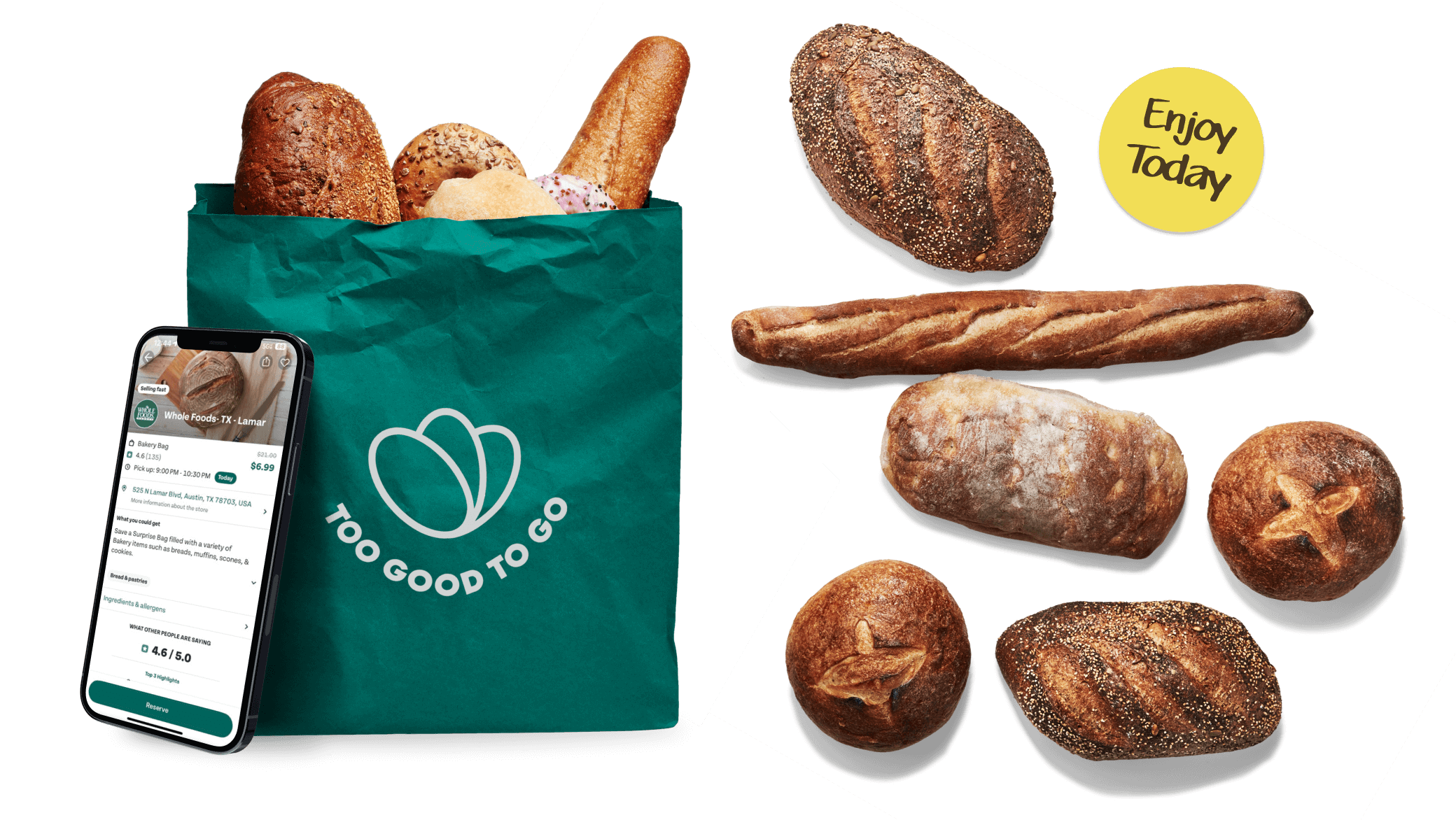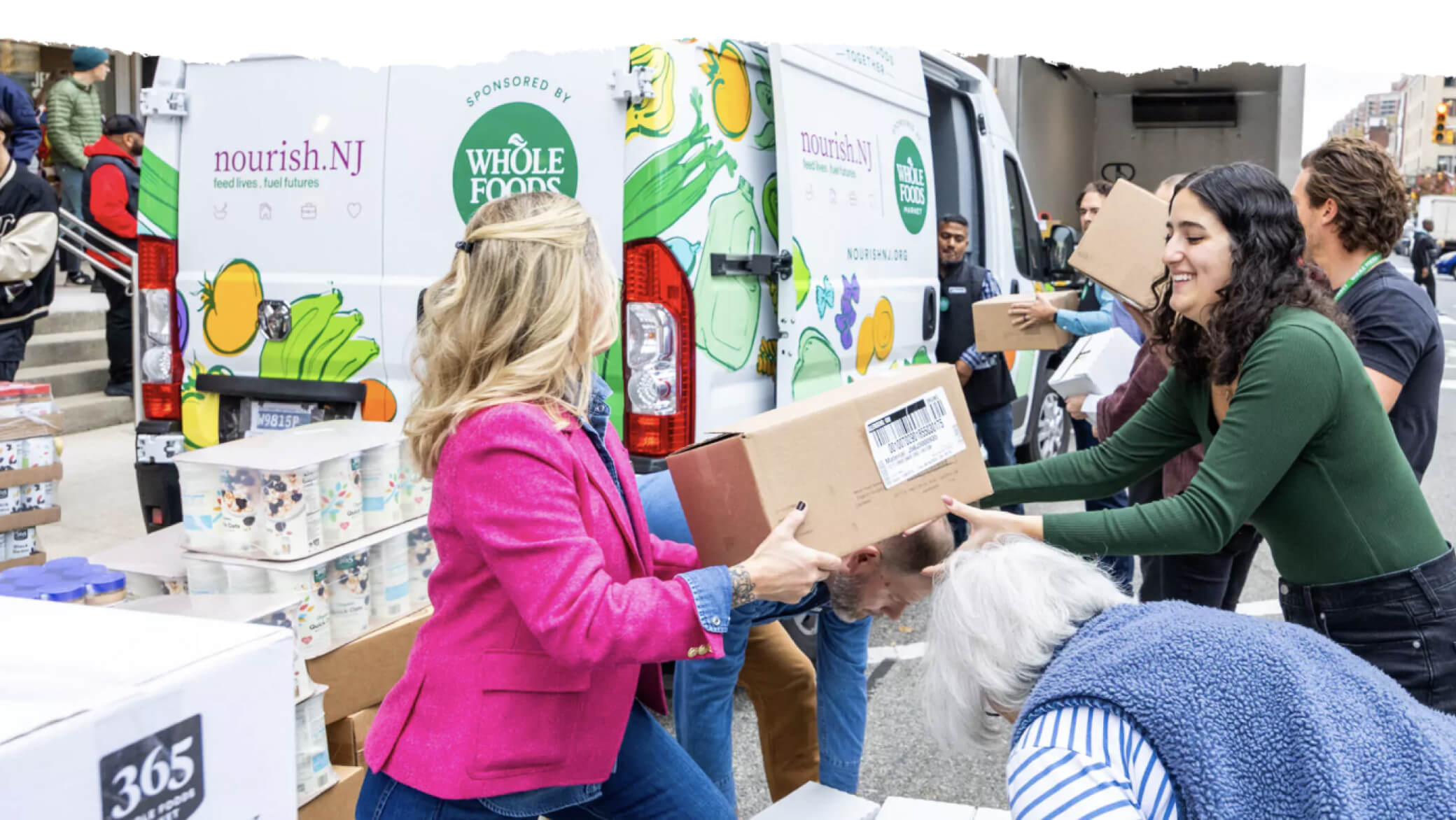Reducing Waste,
Nourishing Communities

At Whole Foods Market, we've set an ambitious goal of cutting our food waste by 50% by 2030.
When unsold food ends up in landfills, it can become a significant source of potent greenhouse gases. Through our active membership in ReFED and the World Wildlife Fund's U.S. Food Waste Pact, we've solidified our commitment to cut our food waste by 50% by 2030.
Decreasing our food waste starts with precise inventory control and smart ordering practices. When produce doesn't meet our display standards, we repurpose it into prepared foods. And we continue to explore ways to keep unsold food out of landfills and expand access to quality food through programs such as Too Good To Go and Enjoy Today. Between these two programs, all Whole Foods Market stores now have a pathway to avoiding food waste by providing customers quality food at a compelling discount.

4.2 mil
items kept out of landfills with Enjoy Today program
636,000
meals saved from landfills
throughout the year with the Too Good To Go Program
throughout the year with the Too Good To Go Program
Working with Food Donation Connection, each of our U.S. stores maintains active partnerships with local food rescue and redistribution programs.
34,594,342
pounds of food donated — nearly 29 million meals worth — to over 1,000 unique food rescue and redistribution programs across the country in 2024.
When unsold food can’t be consumed or donated, we work to keep it out of landfills through robust organic diversion programs such as composting, providing it to farmers for animal feed or diverting to anaerobic digestion facilities. 455 Whole Foods Market stores, or nearly 85% of our stores, had active organic diversion programs that collectively diverted over 91,990 tons of unsold food from landfills.
91,990+
tons of unsold food kept out of landfills with active organic diversion programs

Our Impact
Report
Read our 2024 Impact Report, which highlights all the ways we’re working to build a more sustainable, more equitable food system for generations to come.

